
Who would have guessed that these slimy, snake-like water creatures have such amazing life-cycles?
Yesterday, Team Wairere had the pleasure of working alongside a team of environmentalists and research scientists at Styx Mill Reserve. We went there to learn more about New Zealand's endemic long-fin eels and to find out what we can do to help conserve these threatened creatures.Did you know that female longfin eels can live for around 100 years! They only breed once in their lives and have to swim to a deep trench near Tonga to do so. Unbelievably, the male eels know to leave New Zealand a month before the females leave. As they are smaller in size, it takes them longer to get to Tonga's tropical waters. Their tiny babies drift back to New Zealand on their own. By the time they get here, they look more like mini eels, but are see-through, and called glass eels. Once they get back to our rivers, they rest for a while, and get bigger and darker. At this stage, they are called elvers. They migrate up streams and find a place to live and to grow into big eels.
We have found out that long-fin eels live under overhanging plants and under bridges, in darkened and safe areas. They are affected by too much light at night, so the scientists are developing eel 'townhouses' for them to hide in.
Eels, and the invertebrates and fish they eat, are affected by pollutants in the water. When we wash our cars on the street, the soap washes into the storm water drains. As well, copper brake-pads on cars leave traces of copper that get into the streams. Your child might ask you if you could get ceramic brake pads next time you go to the mechanic. (Apparently they don't cost much more than the copper ones). Zinc treatments on roofs leach zinc into the streams, so the scientists suggest painting them. Oil leaks should be fixed, as oil is another pollutant. As we all know, rubbish left lying on footpaths and roads, collects in the gutters and washes straight down the stormwater drains and into the streams.
We learned a lot on our trip. We explored the eels' habitat. We looked at what is threatening them. We made a judgement on the health of the stream through a macro-invertebrate study and we met some real, live eels.
In one or two of the photos, you may spot a photographer. He's Gilbert, from The Western News. If you receive that community paper, please show us the article. We'd like to see if he snapped our good sides!
If you decide to have a closer encounter with a longfin eel, please feed it unprocessed meat, never bread... plain mince is good. We have had success finding them by the earthquake memorial wall, Antigua Boatsheds, by Margaret Mahy playground and, of course, there are plenty at Styx Mill! We hope your child can tell you lots more about these incredible fish!
By Fiona Smallridge
Photo Gallery
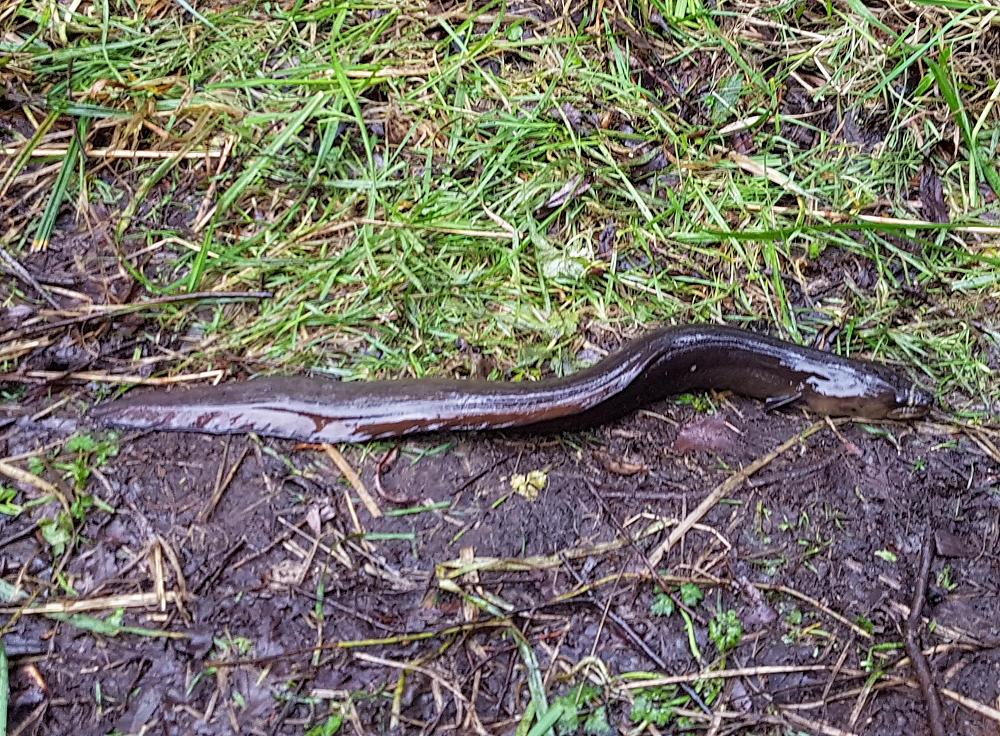
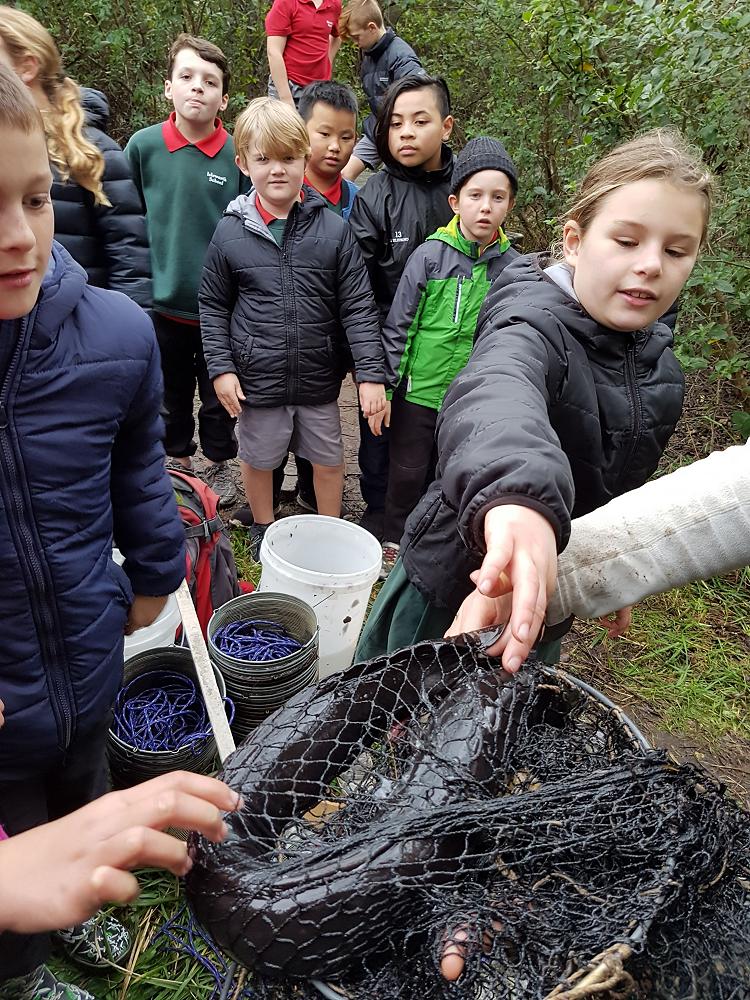
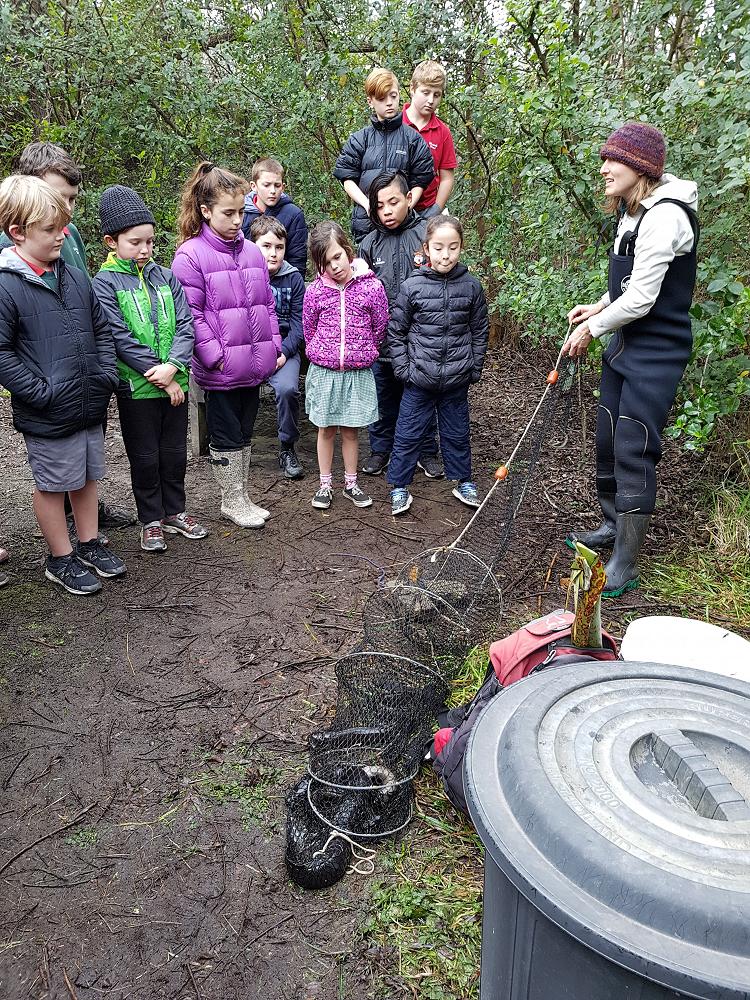
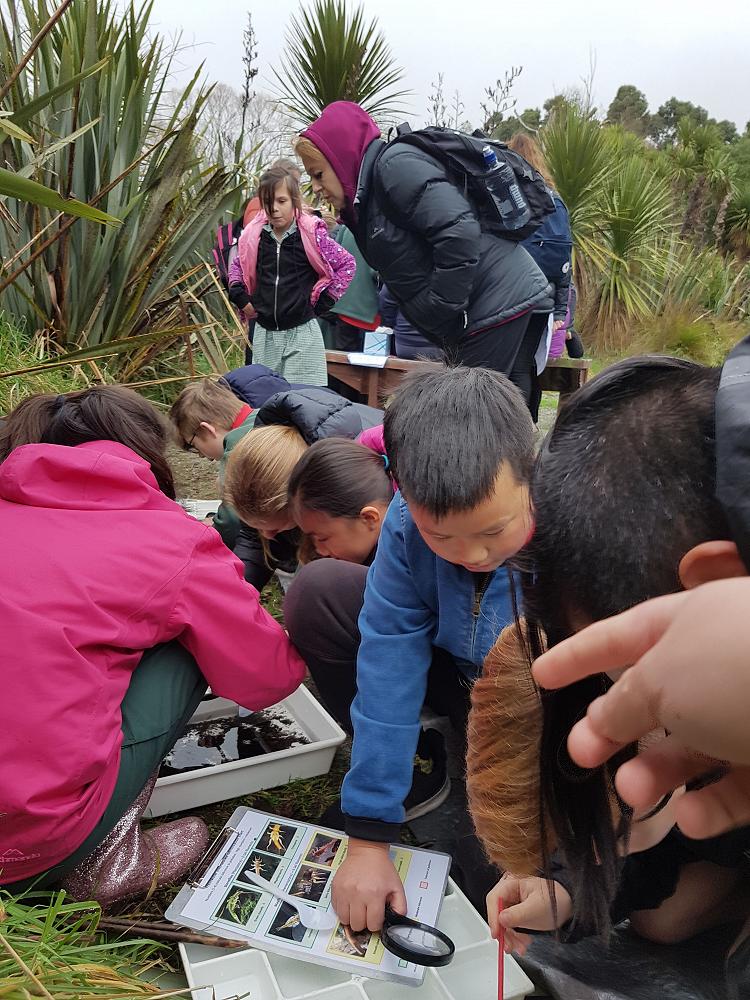
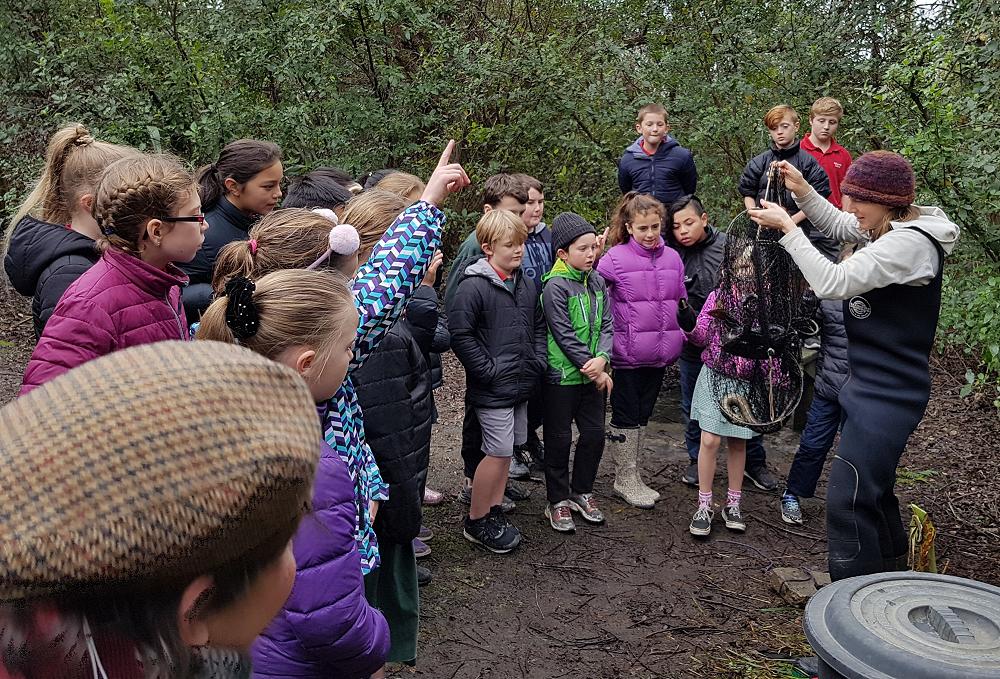
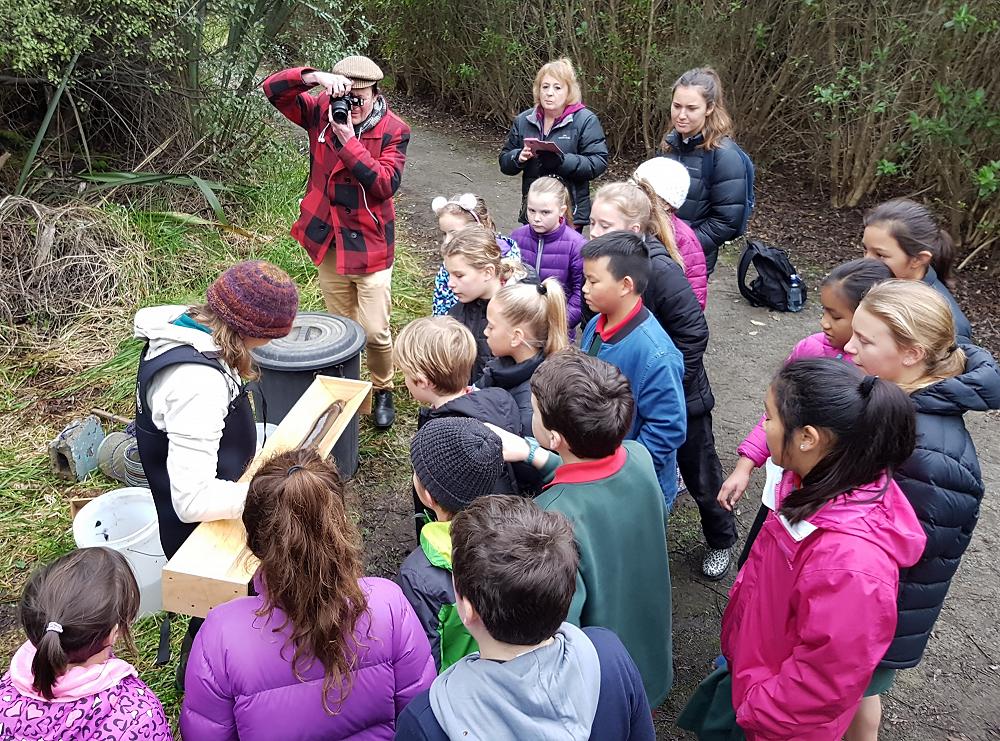
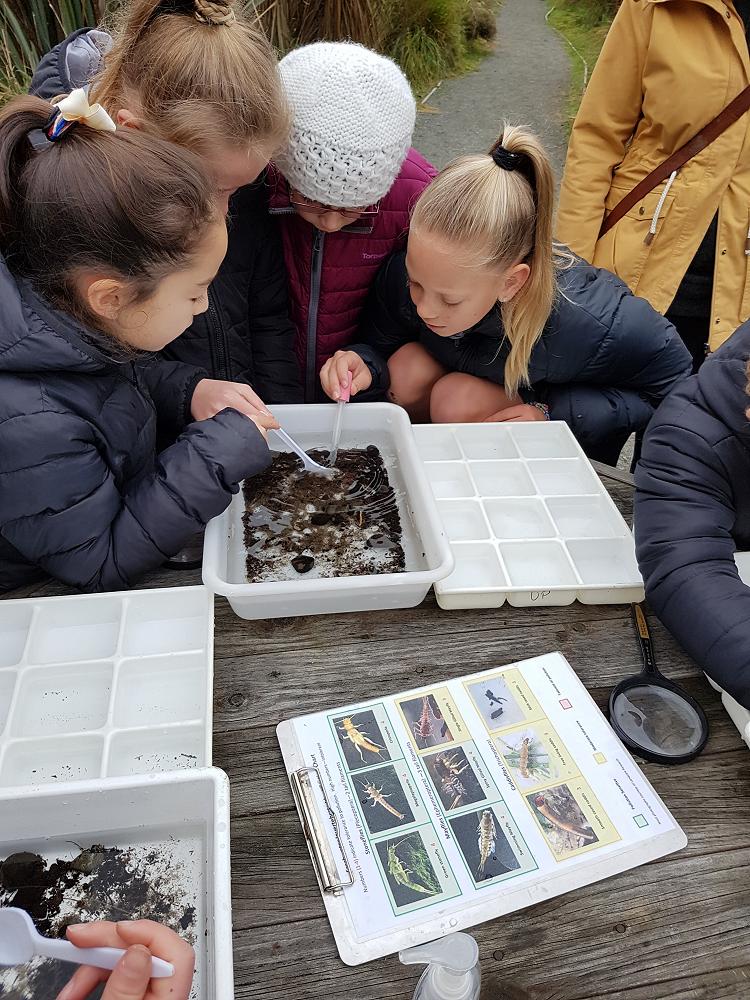
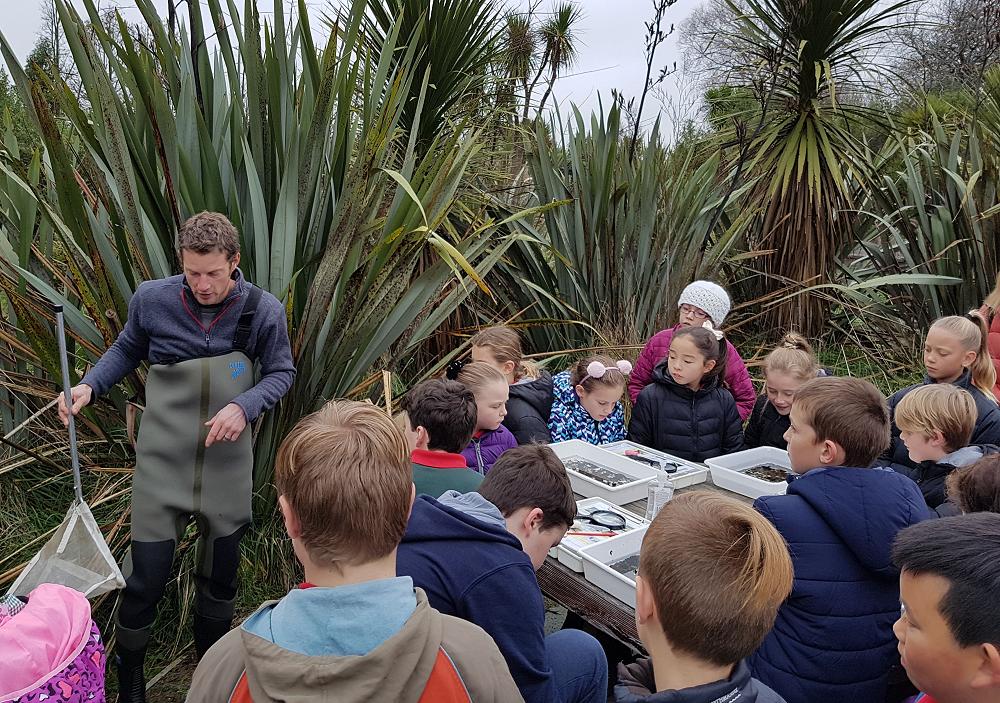
View the full article
No comments:
Post a Comment